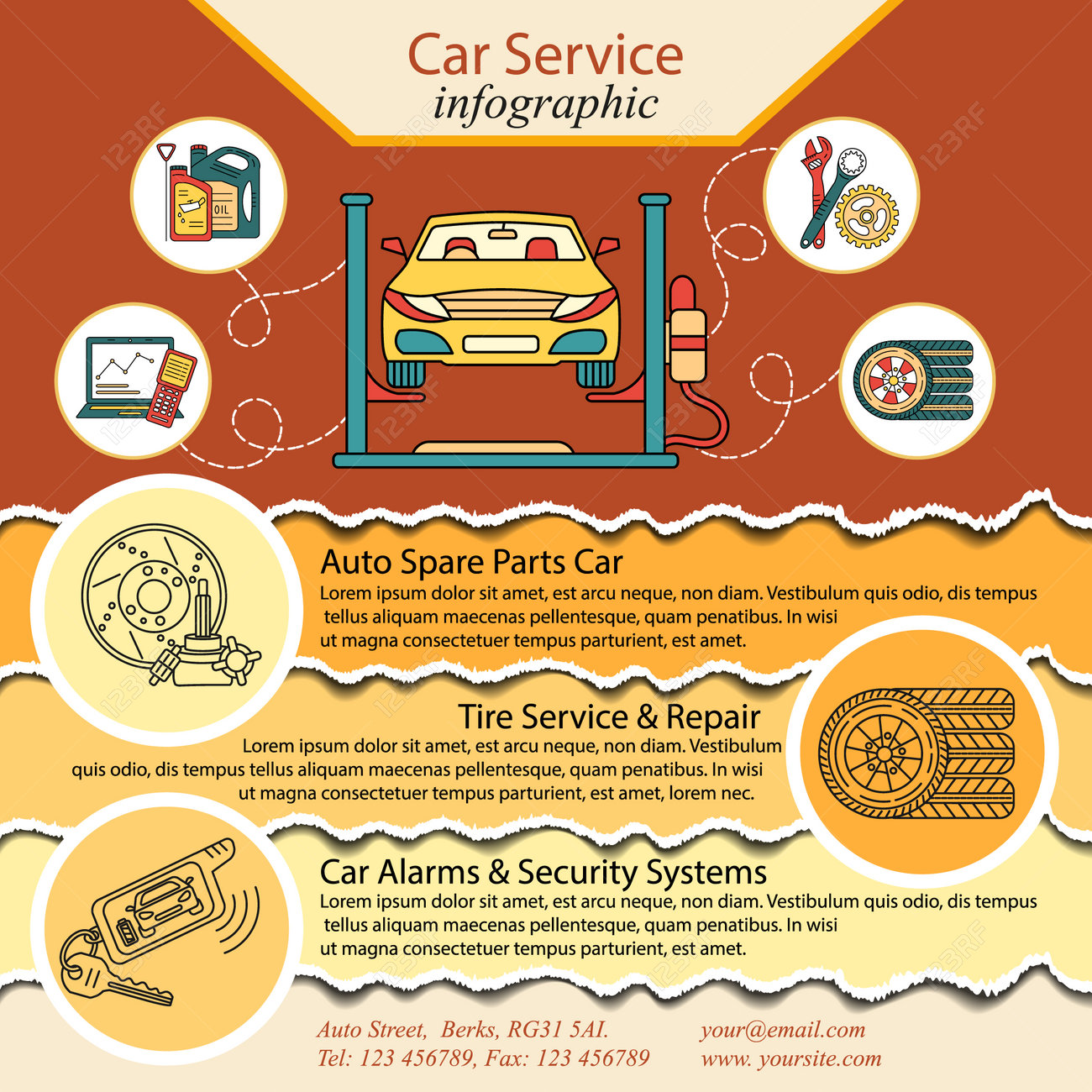Comprehending The Significance Of Your Automobile'S Warning Signals: What They Actually Represent
Comprehending The Significance Of Your Automobile'S Warning Signals: What They Actually Represent
Blog Article
Write-Up Author-Higgins Torres
When you're behind the wheel, those glowing caution lights on your control panel can be a little bit complicated. Do dirty detailing know what they're trying to tell you regarding your vehicle's health and wellness? Recognizing the relevance of these lights is essential for your security and the durability of your car. So, the following time among those lights turns up, would not you intend to decipher its message properly and take the essential actions to resolve it?
Common Warning Lights and Interpretations
Determine common warning lights in your car and understand their significances to ensure risk-free driving.
The most typical caution lights include the check engine light, which indicates concerns with the engine or discharges system. If this light begins, it's vital to have your automobile checked quickly.
The oil stress advising light indicates low oil stress, calling for immediate interest to avoid engine damage.
A blinking battery light may recommend a faulty charging system, potentially leaving you stranded otherwise attended to.
The tire stress monitoring system (TPMS) light signals you to reduced tire pressure, affecting automobile security and gas performance. Ignoring this can cause risky driving problems.
The abdominal muscle light shows a problem with the anti-lock stopping system, jeopardizing your capability to stop quickly in emergency situations.
Lastly, the coolant temperature level warning light warns of engine overheating, which can lead to severe damages otherwise settled swiftly.
Recognizing these common caution lights will certainly help you resolve concerns promptly and keep safe driving problems.
Significance of Prompt Attention
Understanding the usual warning lights in your car is only the initial step; the relevance of without delay resolving these cautions can not be emphasized sufficient to guarantee your safety and security when driving.
When a caution light illuminates on your control panel, it's your auto's method of interacting a possible problem that needs attention. Ignoring these cautions can cause extra extreme troubles down the road, compromising your safety and security and potentially costing you extra out of commission.
Prompt interest to advising lights can protect against failures and crashes. For instance, a flashing check engine light can show a misfire that, if left ignored, could trigger damages to the catalytic converter. Resolving this immediately can conserve you from a costly repair work.
Likewise, a brake system warning light may signify low brake liquid or used brake pads, essential elements for your safety and security when driving.
Do It Yourself Troubleshooting Tips
If you discover a warning light on your control panel, there are a few DIY fixing tips you can attempt prior to looking for specialist aid.
The primary step is to consult your vehicle's manual to understand what the particular caution light suggests. In some cases the issue can be as simple as a loosened gas cap setting off the check engine light. Tightening up the gas cap may fix the issue.
An additional typical issue is a low battery, which can cause different alerting lights. Inspecting the battery links for deterioration and ensuring they're protected could deal with the issue.
If a caution light persists, you can try resetting it by detaching the vehicle's battery for a few minutes and after that reconnecting it. Additionally, inspecting your vehicle's fluid degrees, such as oil, coolant, and brake liquid, can help troubleshoot advising lights related to these systems.
Final thought
In conclusion, comprehending your car's caution lights is important for keeping your automobile running efficiently and securely. By without delay resolving these signals and knowing what they indicate, you can stay clear of expensive repair services and possible failures.
Keep in mind to consult your vehicle's manual for particular information on each advising light and do something about it as necessary to guarantee a trouble-free driving experience.
Remain informed, stay secure when traveling!
